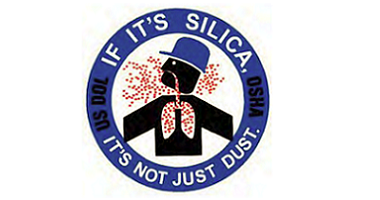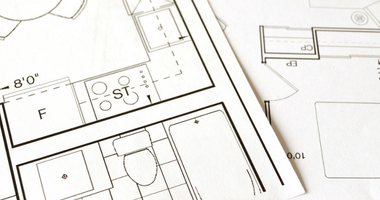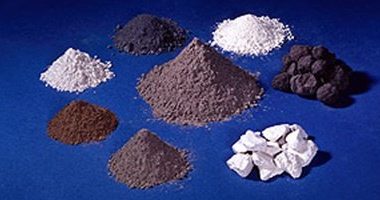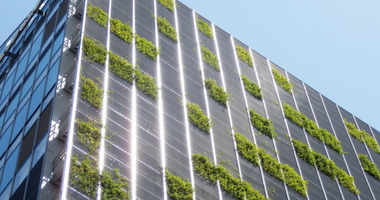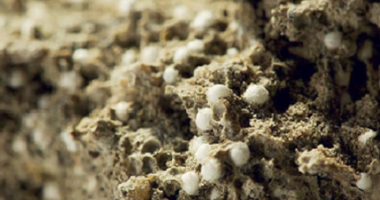The U.S. Green Building Council’s research suggests that a quarter of new buildings that have been certified in the Leadership in Energy and Environmental Design (LEED) program do not save as much energy as their designs predicted, and most do not track ongoing energy consumption. These findings don’t generate a lot of confidence among the public in green building.
This website uses cookies so that we can provide you with the best user experience possible. Cookie information is stored in your browser and performs functions such as recognizing you when you return to our website and helping our team to understand which sections of the website you find most interesting and useful.



